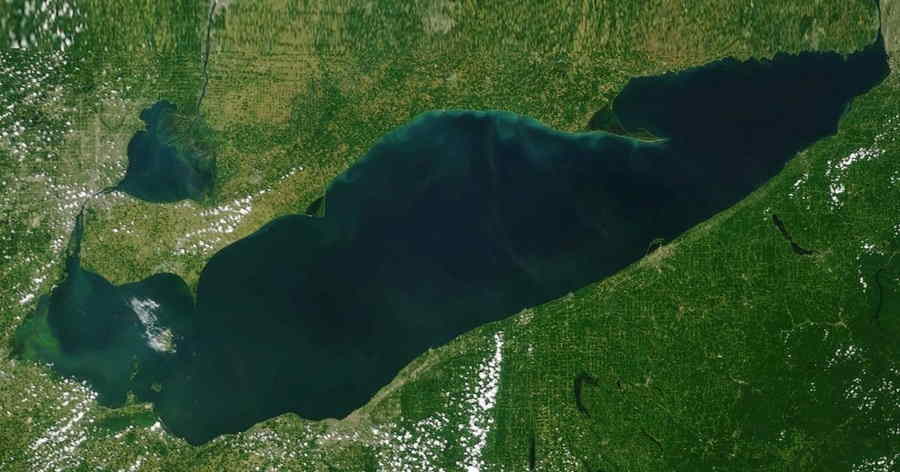
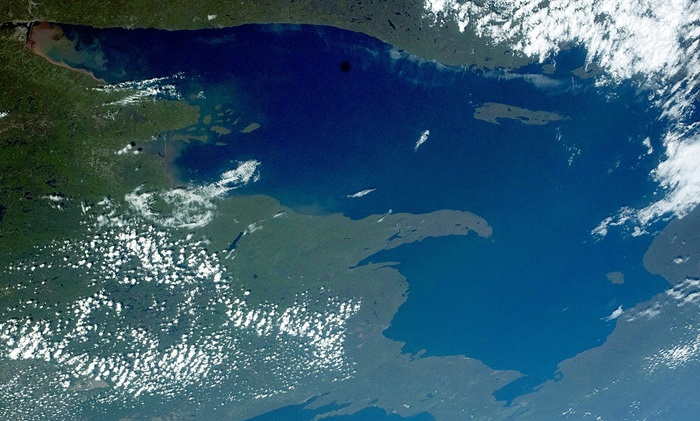
Lake Superior is the largest freshwater lake in the world by surface area. It covers an impressive 82,103 square kilometres and stretches across the Canada-United States border from Ontario to Minnesota. With a maximum depth of 406 metres, it is also the deepest of the five Great Lakes. Lake Superior has a rich and diverse ecology and is home to many species of plants and animals. Lake Superior is a critical source of fresh drinking water for many communities, providing a reliable and steady supply of clean water. It is also used as an important transportation route, connecting many remote communities to each other. The lake’s water is so pure that it has been used to supply drinking water to cities such as Chicago, Milwaukee and Duluth.
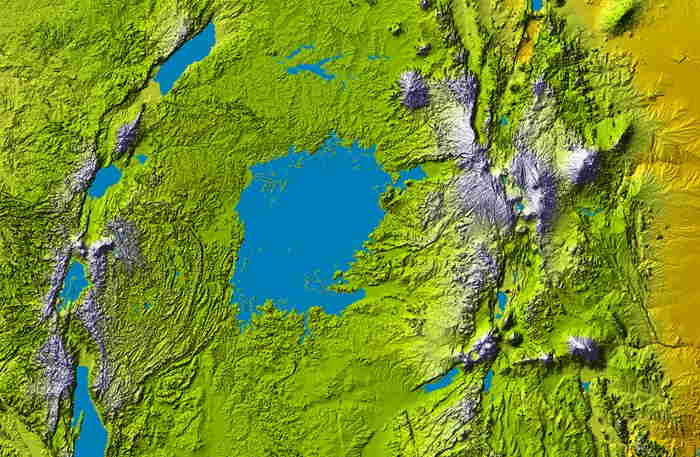
Lake Victoria is the largest lake in Africa and the second largest freshwater lake in the world after Lake Superior. It has a surface area of 59,947 sq.km and is located in East Africa, straddling the borders of Uganda, Kenya and Tanzania. The lake is fed by many rivers, including the Kagera and the Nyando, and its waters drain into the River Nile. It is known for its abundant and diverse wildlife, including over 500 species of fish, many of which are endemic. Lake Victoria is an important source of fresh water for the region, providing a vital resource for drinking water, irrigation and industrial use.
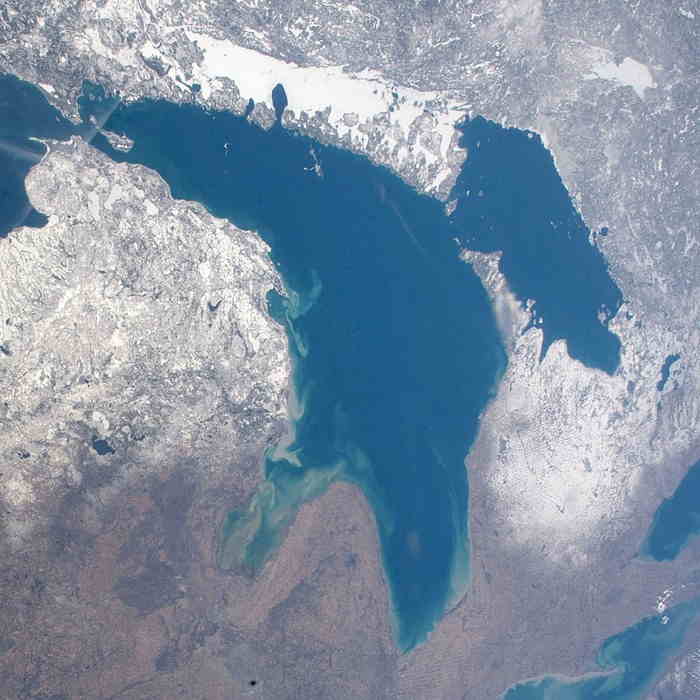
Lake Huron is one of the five Great Lakes of North America, located between the Canadian province of Ontario and the US state of Michigan. It is the second largest of the Great Lakes by surface area, with a total area of 59,588 sq. km. It is the third largest of the Great Lakes by volume, with a total volume of 850 cubic km. The lake is a deep water lake, with an average depth of 59 m, reaching a maximum depth of 229 m. The lake is fed by numerous small rivers and streams, including the St. Clair River, the Detroit River, and the Sydenham River among others. Lake Huron is a freshwater lake, with a salinity of 0.5 parts per thousand. The lake is home to a wide variety of fish species, including lake trout, lake whitefish, lake herring, walleye, and smallmouth bass. Lake Huron also has a long history of human use. The lake has been used for both commercial and recreational fishing, and is one of the most popular fishing destinations in North America.
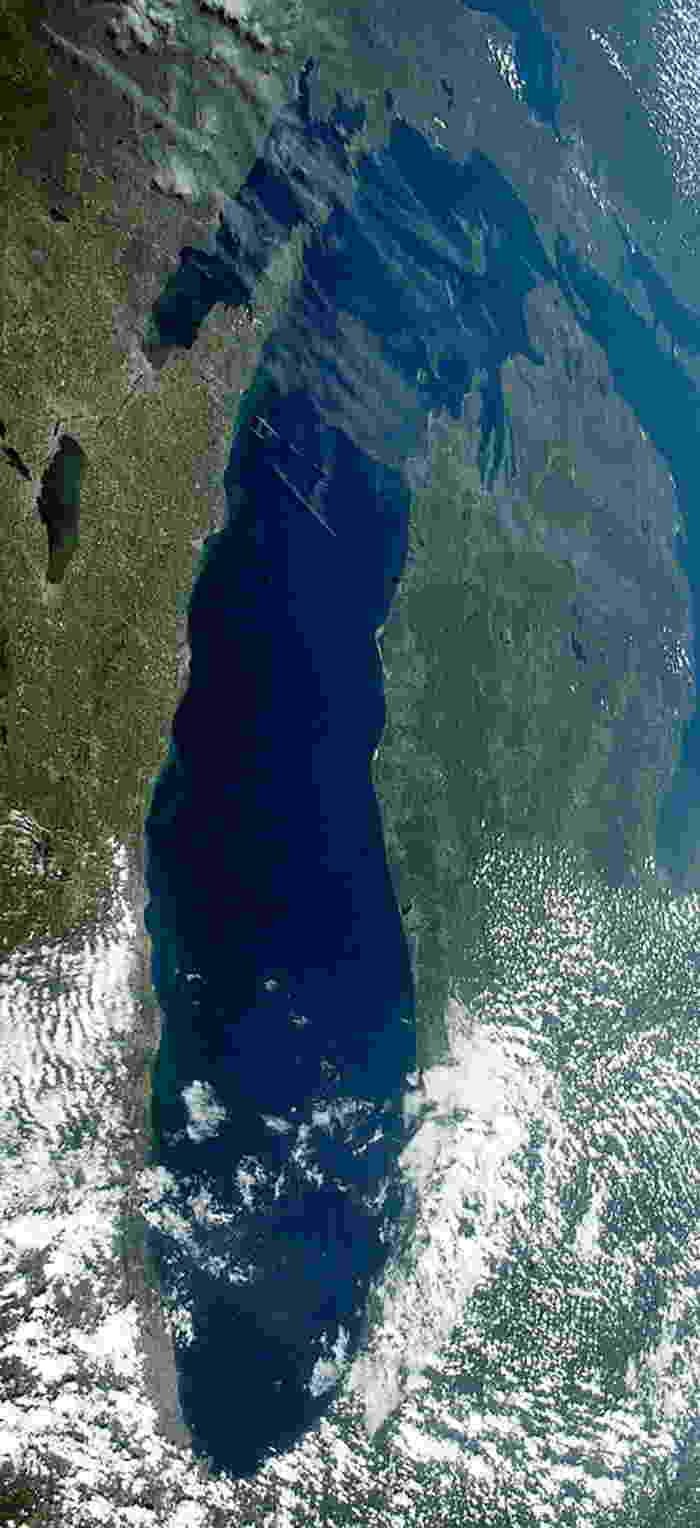
Lake Michigan is the largest of the five Great Lakes and the only one located entirely within the United States. Its size is vast and impressive, measuring 58,030 square kilometers in area and stretching for over 1,600 kilometers along the US-Canada border. The lake is also the fourth largest freshwater lake in the world, containing an estimated 4,920 cubic kilometers of water. The lake is primarily located in the US states of Illinois, Indiana, Michigan and Wisconsin, but also touches the Canadian province of Ontario. Its shoreline is highly varied, with long stretches of sand beaches, rocky cliffs, and marshy wetlands. It is also home to many islands, including Beaver Island and the Manitou Islands, as well as several major cities located along the coast. One of Lake Michigan’s most notable features is its deepness, reaching depths of up to 281 meters and an average depth of 85 meters.
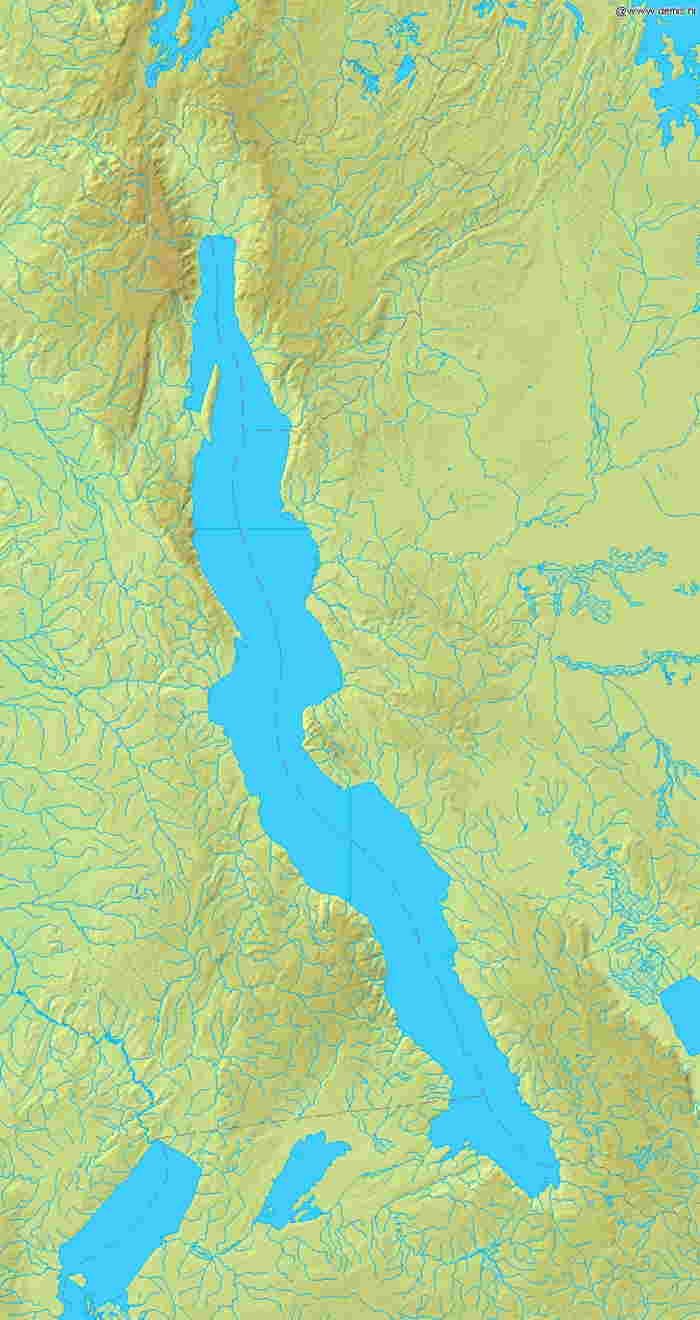
Lake Tanganyika is the second largest lake in the world by volume, and the second deepest lake in the world after Lake Baikal in Russia. The lake is located in the Great Rift Valley, which runs through the center of the African continent, and is shared between four countries: Tanzania, Burundi, the Democratic Republic of Congo (DRC), and Zambia. The lake has a surface area of 32,900 square kilometers and a maximum depth of 1,470 meters. Lake Tanganyika is an ancient lake that is estimated to be around 12 to 20 million years old. The lake basin has been filled with water for much of that time and the lake is estimated to contain about 18,900 cubic kilometers of freshwater.
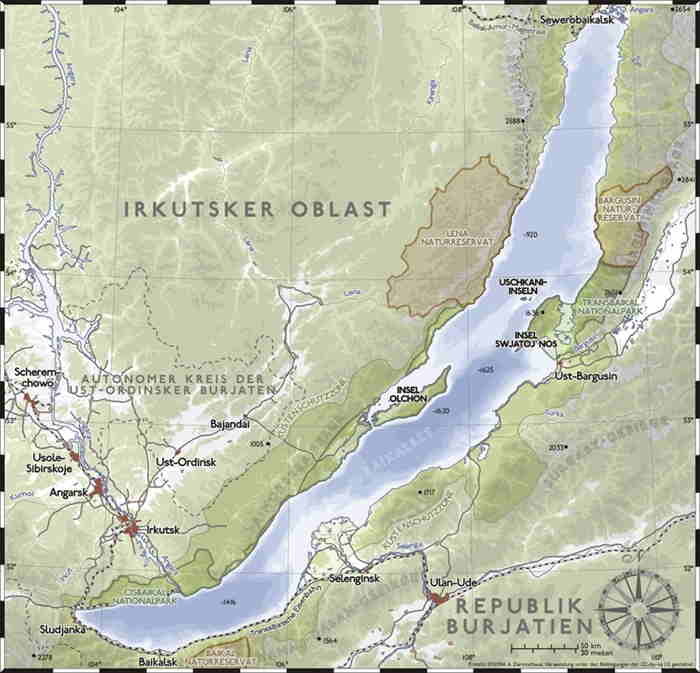
Lake Baikal is the world's deepest and oldest freshwater lake, located in Siberia, Russia. It is the largest freshwater lake in the world by volume, covering an area of 31,722 sq. km. It is also the world's deepest lake, with a maximum depth of 1,642 m. It is situated between the Irkutsk Oblast to the northwest and the Buryat Republic to the southeast. The lake was formed about 25 million years ago and is a rift lake, meaning it is formed when two tectonic plates move apart from each other. Lake Baikal is home to thousands of species of flora and fauna, many of which are found nowhere else in the world. There are over 1,200 species of plants, over 1,500 species of animals, including 80 species of fish, and hundreds of species of mollusks and insects. The lake is also home to the Baikal seal, the only species of freshwater seal in the world.

Great Bear Lake is the fourth largest lake in North America with a surface area of 31,153 square kilometers. It is located in the boreal forest of the Northwest Territories in Canada, and is considered to be the largest lake entirely in Canada. It has an average depth of about 235 meters, with its deepest point being 446 meters. Great Bear Lake is also one of the world’s most pristine freshwater lakes. It is a large, crystal-clear lake with very clean, pure waters. The lake has been declared a Canadian Heritage River, and is part of the Canadian Heritage Rivers System.
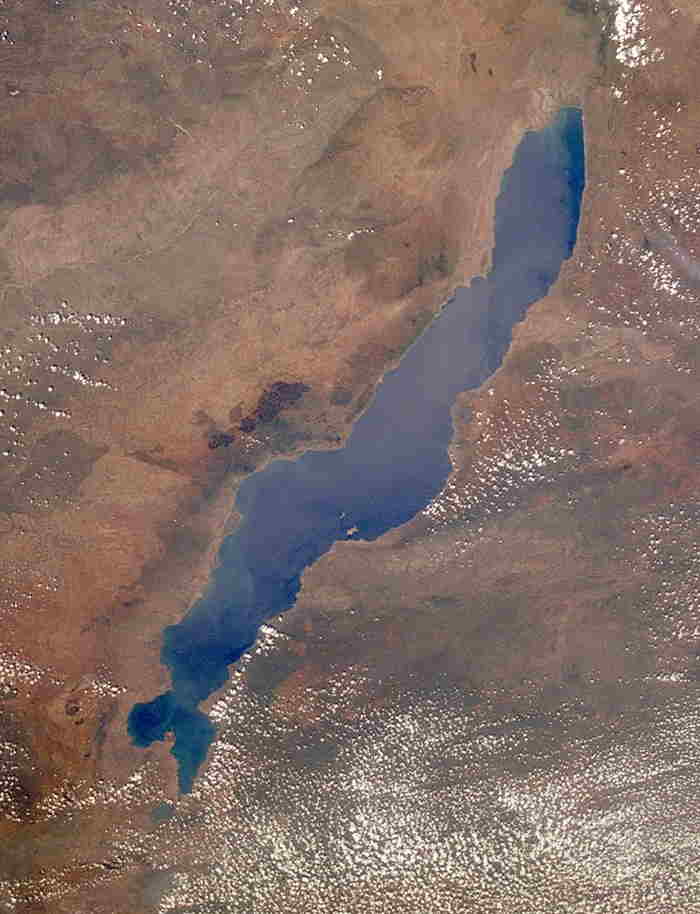
Lake Malawi is the eighth largest lake in the world and the third largest lake in Africa. It is located in the east-central part of the continent and borders Mozambique, Tanzania, and Malawi. The lake has an impressive size of 29,600 square kilometers. It is also the second deepest lake in Africa, with depths reaching up to 704 meters. The lake is home to an estimated 1,000 species of fish and other aquatic life, making it one of the most biodiverse freshwater ecosystems in the world. The lake is fed primarily by the Ruhuhu River and is drained by the Shire River, which flows into the Zambezi River.
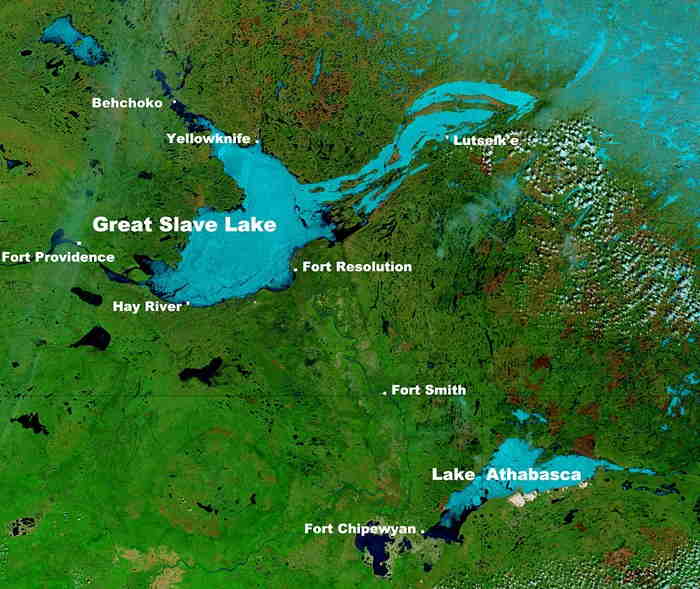
Great Slave Lake is an immense body of freshwater in the Northwest Territories of Canada. It is the second largest lake in the province with a total area of 27,200 sq. km. Great Slave Lake has an average depth of 41 m and a maximum depth of 614 m. The lake is fed by a variety of rivers and is drained by the Mackenzie River. The lake is home to an abundance of fish species including lake whitefish, northern pike, walleye, lake trout, Arctic grayling, and inconnu. The lake has played an important role in the lives of the local Indigenous people for centuries. The lake is fed by a variety of rivers, including the Hay, Thelon, and Lockhart Rivers.
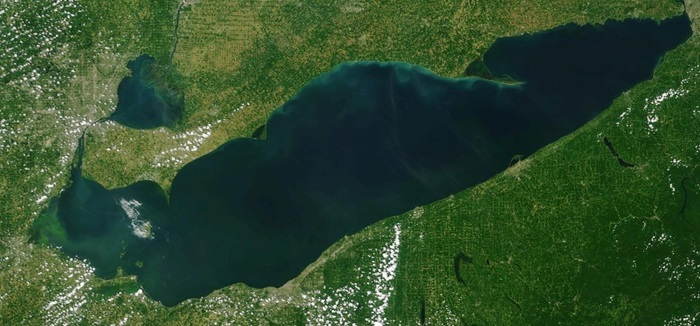
Lake Erie is the fourth largest of the five Great Lakes and the smallest in surface area. It is located on the international border between the United States and Canada, stretching from Ontario in the north to Pennsylvania and New York in the south. Lake Erie is 25,667 square kilometers in size and contains approximately 2,500 cubic kilometers of water. It is the shallowest of the Great Lakes and has an average depth of only 19 meters. It is also the warmest of the Great Lakes, with temperatures reaching up to 15°C during summer months. Lake Erie is a freshwater lake and is fed by several rivers and streams, including the Detroit River, the Niagara River, and the St. Clair River. It is also connected to Lake Huron via the Detroit River and the St. Clair River. Lake Erie is the only lake of the Great Lakes to be entirely within the boundaries of the United States.